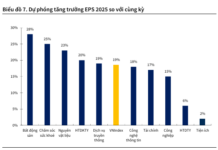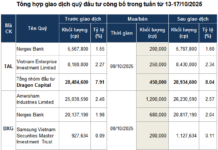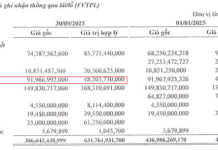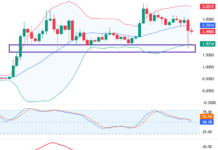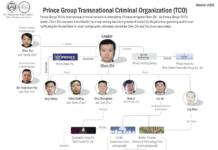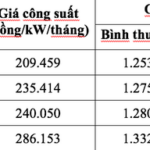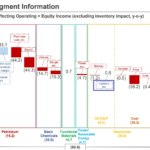Varied Impact Levels
Vietnam Electricity (EVN) began piloting a two-component electricity pricing model in October. Under this system, electricity bills are no longer calculated solely based on consumption but are divided into two distinct parts: Capacity Charge (fixed component) and Energy Charge (variable component).
EVN emphasizes that this is a trial phase, not yet applied to actual bills, but the results will be crucial for refining the official rollout in the coming years.
According to EVN, the Capacity Charge covers the costs of investment, operation, and maintenance of the power system, including transmission grids, substations, and standby capacity. The Energy Charge reflects the cost of the actual electricity consumed. Essentially, users pay not only for the electricity they use but also for the system’s readiness to meet their demands.
Initially, the implementation is purely theoretical—EVN will simulate calculations without actual billing. The pilot targets manufacturing enterprises with average monthly consumption of 200,000 kWh or more. The goal is to assess real-world impacts and make adjustments before broader implementation.
Dr. Nguyễn Huy Hoạch, an expert from the Vietnam Energy Association, views the two-component pricing model as a breakthrough in electricity pricing mechanisms, promoting fairness among customer groups.
“Those who place a higher burden on the power system by using larger capacities should pay accordingly; conversely, those with stable, efficient consumption benefit. This approach fosters greater responsibility among electricity users and enhances overall system efficiency,” Dr. Hoạch emphasized.

In the long term, as the two-component pricing model expands, households will experience varying impacts based on their consumption habits.
According to Dr. Hoạch, stable manufacturing enterprises with multi-shift operations and flat load curves will be the primary beneficiaries. Their capacity costs remain stable, while energy charges may decrease compared to the current model. This allows businesses with clear production plans and the ability to adjust operating hours to avoid peak times to significantly reduce costs and better forecast cash flow.
Conversely, seasonal or order-based manufacturers face greater pressure. Registering for high capacity to meet short-term production needs means paying a fixed capacity charge for the entire month, even if the full capacity is unused. In such cases, total costs may rise unless businesses proactively manage production schedules. However, this also incentivizes companies to restructure and invest in energy-saving technologies, load control, or energy storage systems to reduce peak demand.
Households Affected by Consumption Habits
For residential consumers, the pilot phase does not yet apply. However, in the long term, households will experience varying impacts based on their consumption habits.
“Families with consistent, controlled usage, who shift energy-intensive activities like laundry, device charging, and water heating to off-peak hours, will face minimal impact or even reduce costs. Conversely, households with high peak-hour loads, often running multiple high-capacity appliances like air conditioners, induction cooktops, and water heaters simultaneously, will incur additional capacity charges,” explained Dr. Nguyễn Huy Hoạch.
Energy expert Nguyễn Minh Duệ believes the two-component pricing model is a necessary step in developing Vietnam’s competitive electricity market. For EVN itself, separating the two components offers significant benefits. Stable fixed revenue reduces deficit risks during low-consumption periods and provides a clearer basis for investment planning, retail pricing, and negotiations with power plants in the competitive market.
However, Duệ cautions that implementation requires a well-structured roadmap and clear communication to ensure public understanding and prevent misconceptions about this being a “disguised price hike.” Inaccurate metering or opaque information could provoke negative consumer reactions.
What Does the Ministry of Finance Say About the Proposal for a ‘Single Electricity Price’?
In response to voter petitions in Lâm Đồng province advocating for the elimination of value-added tax (VAT) on electricity and the implementation of a uniform electricity pricing mechanism to ensure fairness among user groups, the Ministry of Finance highlights several inconsistencies, emphasizing that electricity is a uniquely regulated commodity.
Pilot Program to Implement Two-Component Electricity Pricing Starting October
Vietnam Electricity Group has announced that starting from October, power corporations and electricity companies will begin sending trial electricity bill calculation results on paper to pilot group customers. These notifications will include a comparison between the current single-tier electricity rate and the two-tier pricing model.
















